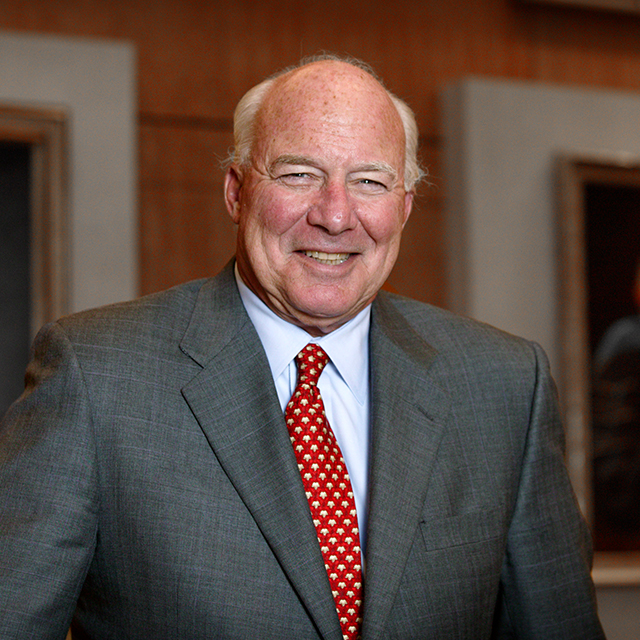The 1962 Nobel Prize awarded for unraveling the structure of DNA went to three men: Francis Crick, James Watson and Maurice Wilkins. For decades, however, the story of that achievement omitted the key role played by Rosalind Franklin — an X-ray crystallographer who shared a lab (and a highly fractious working relationship) with Wilkins at King’s College London.
The Secret of Life — a new book by Howard Markel ’94, Ph.D. (HS, pediatrics, 1986–1989; fellow, general pediatrics and adolescent medicine, 1989–1993) — draws on new archival work and interviews with James Watson and Franklin’s sister, Jenifer Glynn, to create a riveting scientific whodunit that spans continents and cements Franklin’s claim to greater recognition.
Crick and Watson’s work at Cambridge University’s Cavendish Physics Laboratory has long held center stage, and Cambridge’s glum weather, fierce scientific rivalries and rampant misogyny in the 1950s hang over the entire book. (Markel even ascertained the precise number of steps from Watson and Crick’s laboratory to their favorite pub: 100.)
“It’s postwar England; 1952 is the year of the Great Smog. They’re burning so much coal. It was cold and damp and most Britons were still living in a state of deprivation,” observes Markel, who is the George E. Wantz Distinguished Professor of the History of Medicine at the University of Michigan, as well as a longtime contributor to the New York Times and PBS NewsHour.
Yet a ferocious turf war between rival scientists propelled the race forward, as Franklin and Wilkins used X-rays to capture images of DNA at King’s College London.
Wilkins won a share of the Nobel Prize, but Franklin’s work proved decisive to solving the mystery. One of her images (“Photograph 51”) clearly revealed the molecule’s double helical structure. When Wilkins shared it with Watson (without Franklin’s knowledge), the Cavendish pair found a speedier path to creating a model.
Markel marvels at the ethical murkiness of how Franklin’s work was shared. “Watson didn’t steal [Photograph 51],” he says. “He was shown it. And … once the bell was rung, he couldn’t unring it.”
Markel’s sharply drawn portrait of Franklin as a Jewish woman scientist excelling in a time and place where prejudices ran fast and deep is deeply evocative. Franklin’s brilliance and focus often were perceived as uncollegial — and even hostile. And her inability to gladly suffer fools stuck with Watson, who never forgot or forgave Franklin’s curt bemused dismissal of an early and erroneous Crick and Watson model.
Markel recalls that gentle nudges from his daughters were part of the decision to write The Secret of Life. “They said, ‘Dad, why don’t you write about Rosalind Franklin? Because she really got badly treated,’ Markel recalls. “And I’d say, ‘Well, I don’t know what happened. I will have to check it out in the archives.’”
One of Markel’s most startling finds came when he obtained rare access to the Nobel Prize archives. Though Franklin’s untimely death in 1958 meant that she could not receive an award given only to living scientists, Markel excavated a startling contemporary assessment from a prize judge for the 1962 award.
“One of the referees said, ‘Had Rosalind Franklin been alive, she would have had claim to this [prize],’” says Markel. “And I think that’s about as good as you can get.”
The Secret of Life is evidence that greatness in scientific endeavor often is achieved by very imperfect people. “We are all flawed,” Markel says. “That’s the human condition. In a world where so many behave badly, it’s a miracle that anybody discovers anything — or writes something great. That’s the truly rare event.”

